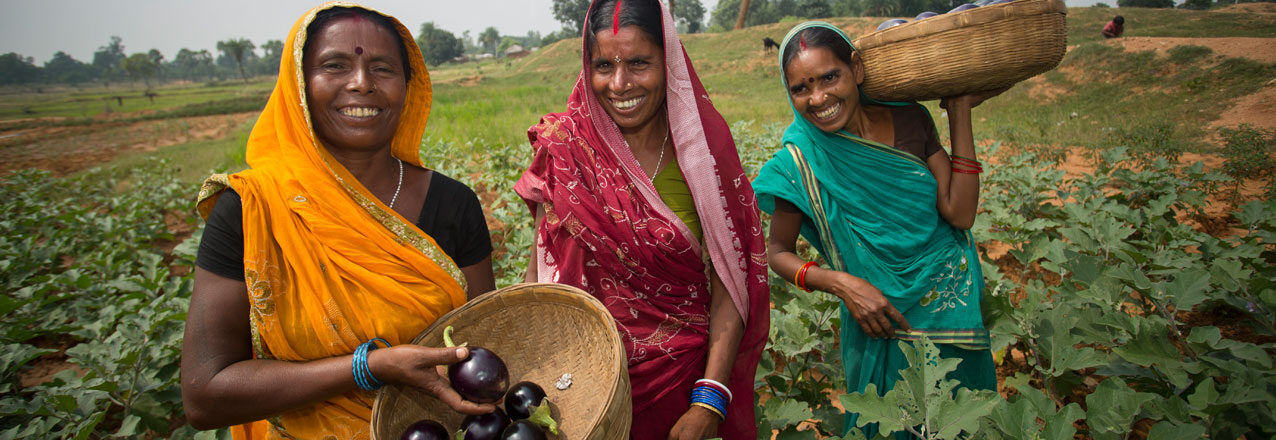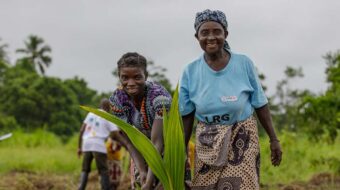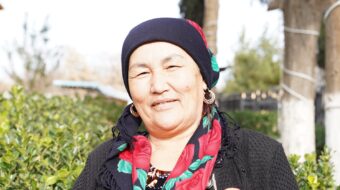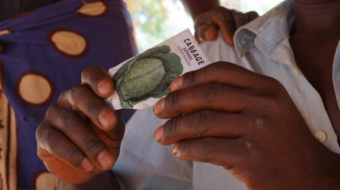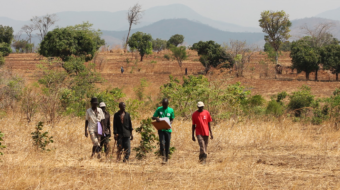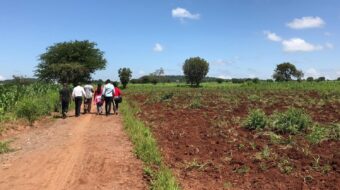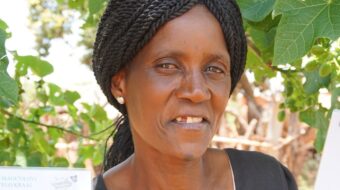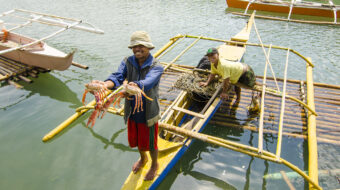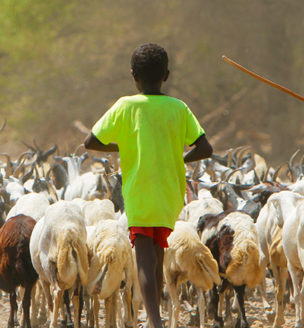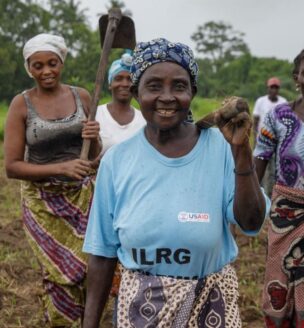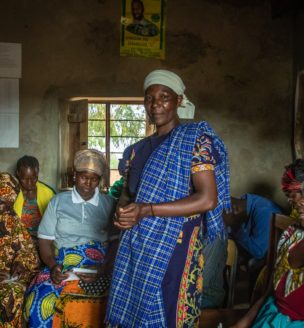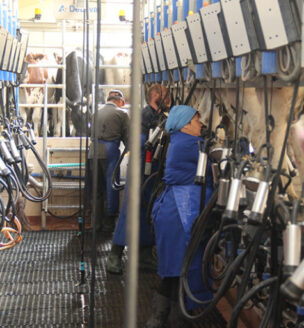Strong land and resource governance and secure property rights helps farmers, households, and businesses achieve increased food security through improved access to land, natural resources, and markets, increasing food production and consumption.
Effective land and resource governance systems that provide improved access, control, and rights to land and other natural resources are a necessary condition for achieving food security and better nutrition. In some situations, individuals or groups may have difficulty accessing land and land markets, limiting their opportunity to acquire land and put it to productive use; secure and equitable access is especially important for marginalized groups such as women, youth, and migrants.
More inclusive, robust, and transparent land markets are also important to promoting beneficial land transactions. Effective governance systems create positive incentives that enable more efficient and effective investments in land, labor, and improved food production and nutrition practices . More secure land and property rights also often enhance opportunities for rights holders to negotiate voluntary transfers of valuable resources (e.g., sales, leases or rights of way) for their economic benefit.
The relationship between land tenure, resource governance, and food security may be direct or indirect. Direct linkages include enabling land, labor, and capital investment in food production by securing land and property rights, reducing land-related conflict, or improving equitable land access. Indirect linkages might include securing businesses’ land and property rights to mitigate threats to business continuity, safeguarding owners’, employees’, and suppliers’ ability to buy food.
Photo Credit: Jake Lyell / Lutheran World Relief


